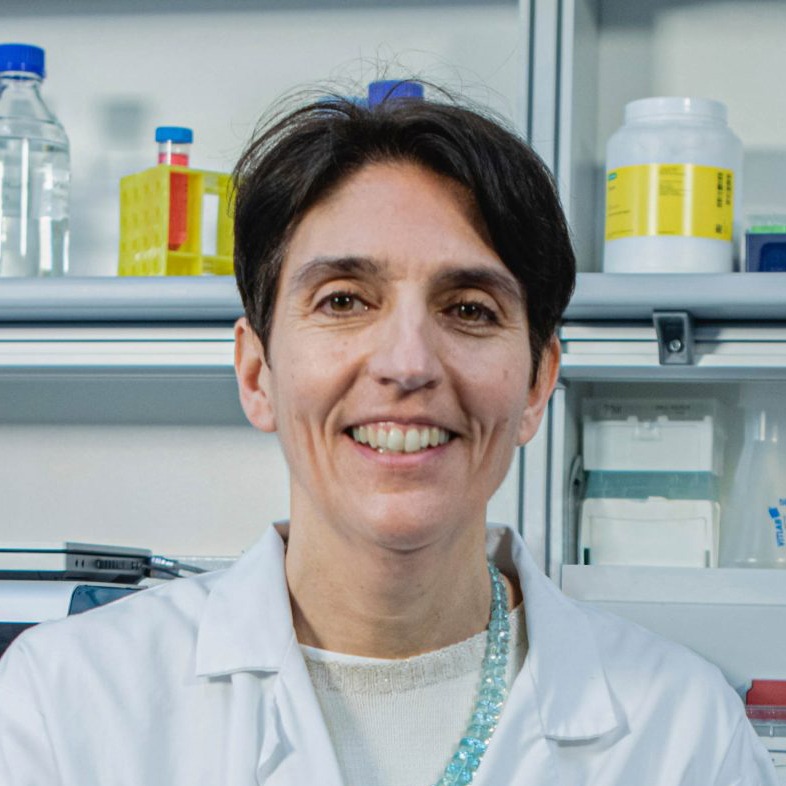🇬🇧 Microbiota in gut-liver-brain axis
- Lecture Series Infection & Immunity
Speakers

Rescigno
Vice Rector and delegate for research
Humanitas University, Italy
Abstract
The human gut is home to trillions of microbial cells with over 1,000 diverse microbial species that contribute to the primary functions of the gastrointestinal tract, including nutrition, mucosal immunity and pathogen defence. The gastrointestinal tract mucosa constitutes the major interface that separates the luminal environment from the internal milieu and it is also the body’s primary site for interaction with the microbial world living within the gut lumen. The surface of the gastrointestinal mucosa is estimated at up to 4,000 square feed when laid out flat and, most importantly, contains adapted structures allowing bi-directional host-microbe communication.
The gut barrier has to guarantee nutrient and metabolite exchange with the microbiota but at the same time also protection against the microbial world. The gut barrier consists of three major components including a mucus layer, an intact epithelial monolayer and a lamina propria with mucosal immune cells. All three layers contribute to well-functioning of the gut barrier. The epithelial monolayer is not a static structure and the tight junctions that seal spaces between epithelial cells are regulated by the gut microbiota and dietary components. Below the mucosal barrier there is an additional barrier, the gut vascular barrier that controls what enters in the systemic circulation, and avoids bacterial translocation at systemic sites. This barrier is also exploited by tumor cells for their metastatic process to the liver. The immune system is both activated by the microbiota and contributes to microbiota composition via the release of immunoglobulins A. When the microbiota composition changes due to inflammatory conditions, dietary misbehaviour or antibiotic treatment, there is a change in mucosal barrier permeability. Microbial components can gain access to the systemic circulation and disseminate to other organs including the liver and the brain generating a state of systemic inflammation. This leads to the modulation of a new vascular barrier in the brain that we identified in the choroid plexus and the development of an anxiety behavior.
Responsible Scientist
Desai
LOCATION
House of BioHealth
Conference Room (ground floor 0)
29, rue Henri Koch, L-4354 Esch-sur-Alzette
LECTURE: 11:00am – 12:00pm
Please note that registration is mandatory by sending an email to carole.weis@lih.lu or michelle.roderes@lih.lu
MEET & EAT
12:30pm – 14:00pm
House of BioHealth
Salle Françoise Barré Sinoussi
29, rue Henri Koch, L-4354 Esch-sur-Alzette
Light lunch provided – Registration mandatory
Supported by:

DATA PRIVACY
Read more about the “Data Protection Notice: processing of personal data in the scope of events’ management”.


